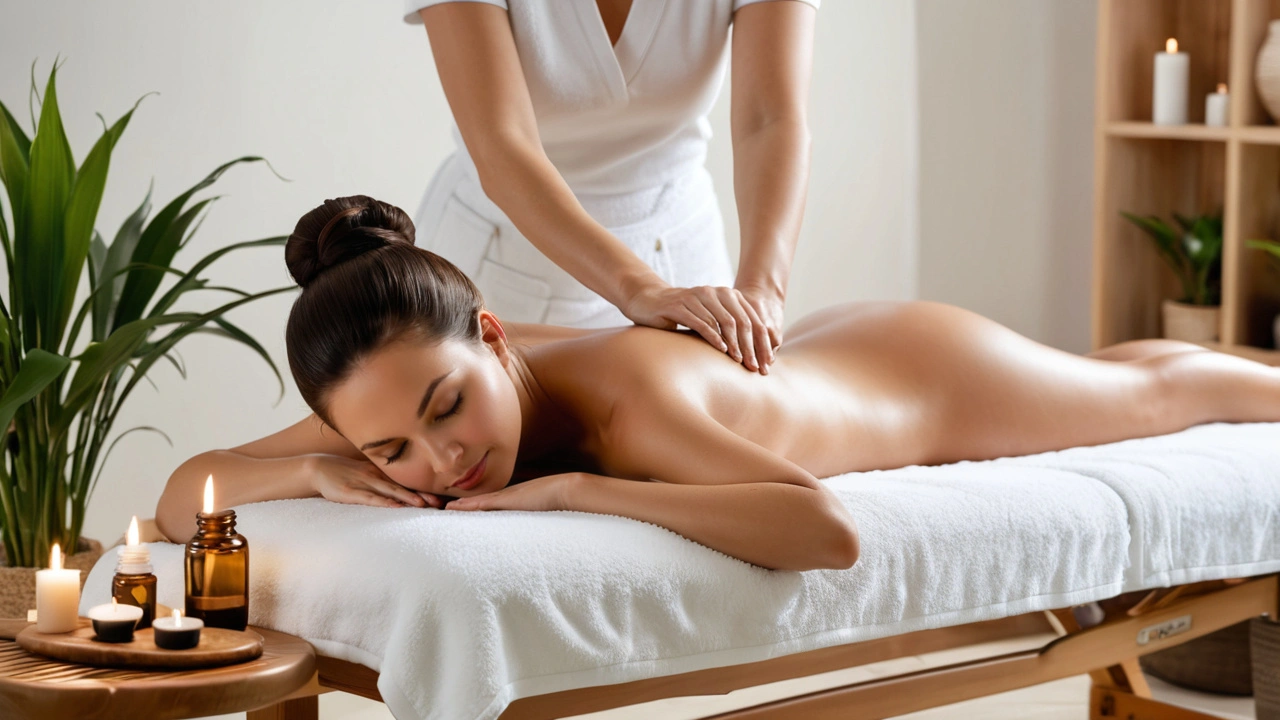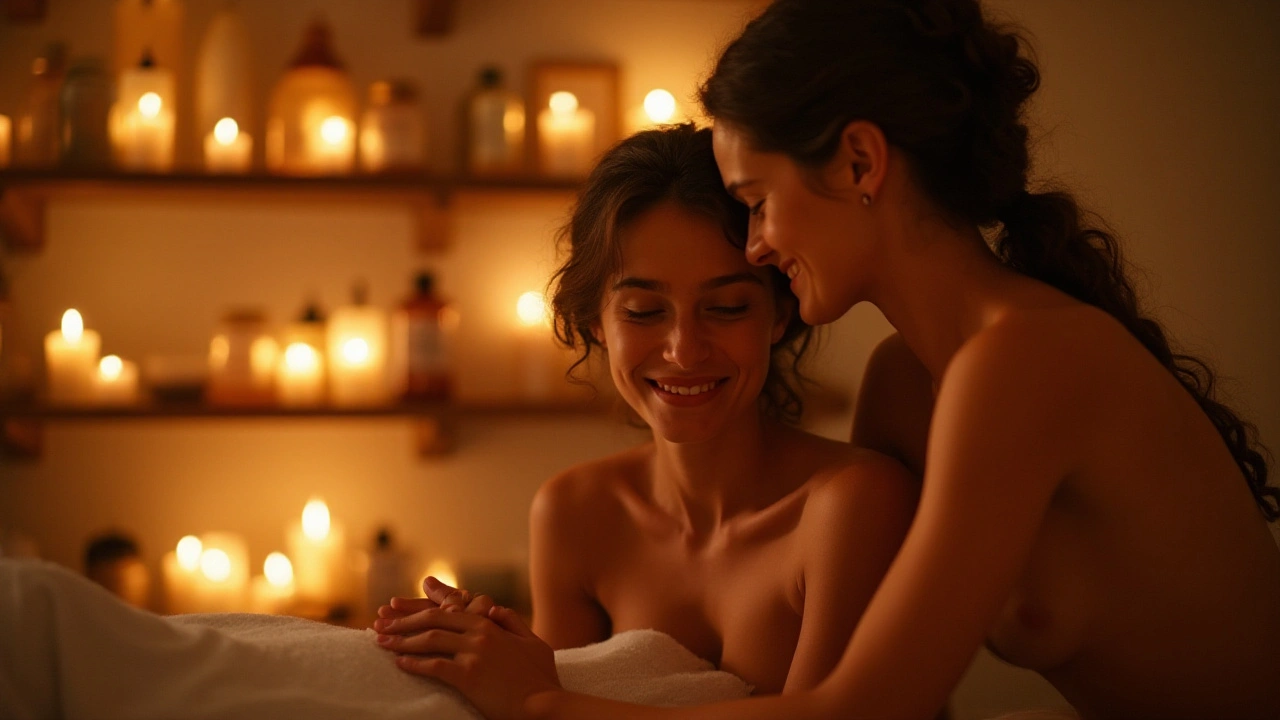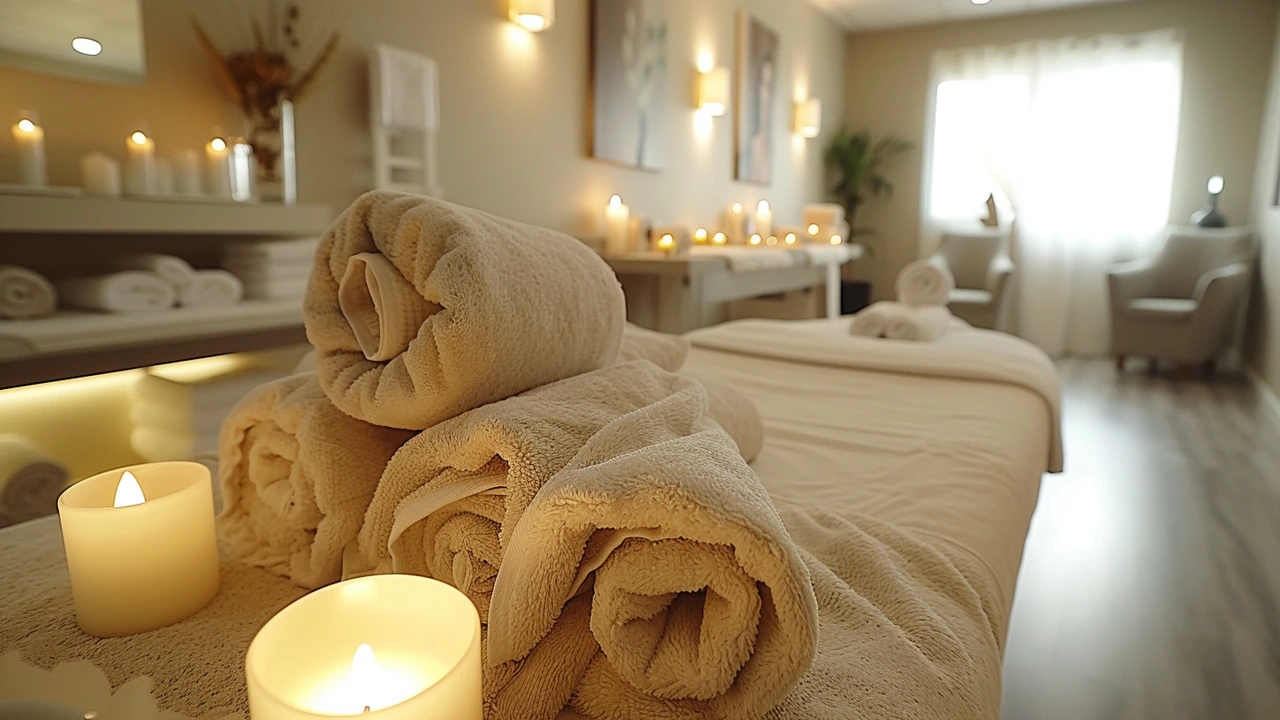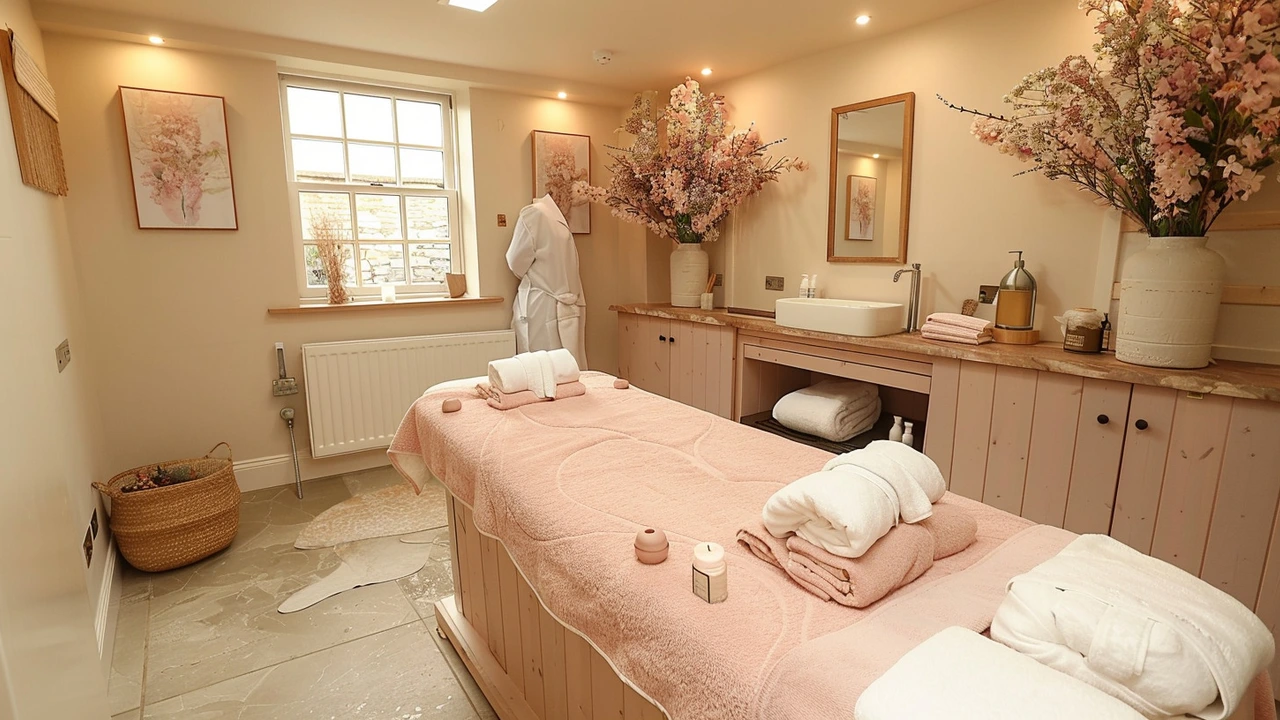Unlocking the Secrets of Relaxation: The Science Behind Head and Scalp Massage
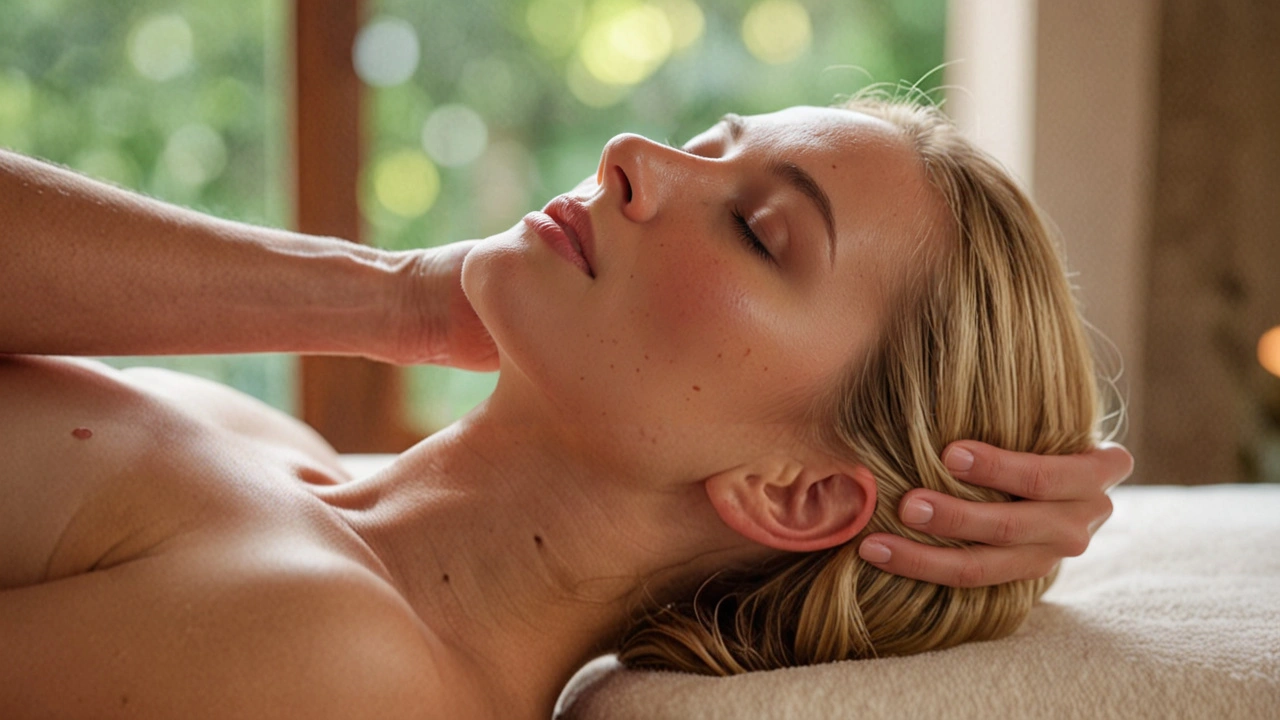
In today's fast-paced world, finding time to relax can be challenging. However, head and scalp massages offer a simple yet effective way to unwind and de-stress. These techniques not only feel good but are also backed by science. They can help alleviate tension, improve circulation, and even enhance your mood.
Understanding the mechanics behind this age-old practice can give you deeper insight into why it works and how you can make the most of it. From the benefits to the biological mechanisms, we'll explore all aspects of head and scalp massages and reveal tips to help you maximize the relaxation experience.
- Benefits of Head and Scalp Massage
- The Science Behind It
- How to Perform a Head and Scalp Massage
- Tips for Maximizing Relaxation
Benefits of Head and Scalp Massage
Head and scalp massages are more than just a luxurious treat; they are a therapeutic practice rooted in numerous health benefits. One of the foremost benefits is relaxation. By targeting pressure points and muscles in the head, neck, and shoulders, these massages help release tension and promote a sense of calm. This can be especially beneficial for people who frequently experience stress or anxiety.
Another major advantage is the improvement of blood circulation. Massaging the scalp stimulates blood flow to the hair follicles, which can promote hair growth and health. Better circulation can also help to deliver more oxygen and nutrients to the brain, contributing to better cognitive function and overall mental clarity.
Poor sleep can have a significant impact on your health, and head and scalp massages can be a natural remedy. These massages help reduce insomnia by relaxing the mind and the body, making it easier to fall asleep. Evidence also suggests that gently massaging the scalp can increase the production of serotonin, a hormone that stabilizes mood and helps regulate sleep.
Pain relief is another notable benefit. People suffering from chronic headaches or migraines may find these massages to be a simple and effective form of relief. By relieving muscle tension and improving blood flow, head and scalp massages can reduce the frequency and intensity of headaches.
The skin health of your scalp can also see improvements. Regular massages can help exfoliate the scalp, removing dead skin cells and promoting a healthier environment for your hair. They may also help in reducing dandruff by improving the moisture balance of the scalp.
"Massage therapy can increase endorphins, which are our body’s natural pain relievers. They can also decrease cortisol, the stress hormone," says Dr. Tiffany Field of the University of Miami School of Medicine.Lastly, these massages can improve mental health. Regular sessions can help reduce symptoms of depression and anxiety. The human touch involved in massage therapy can foster a sense of connection and well-being, significantly improving the mood of individuals.
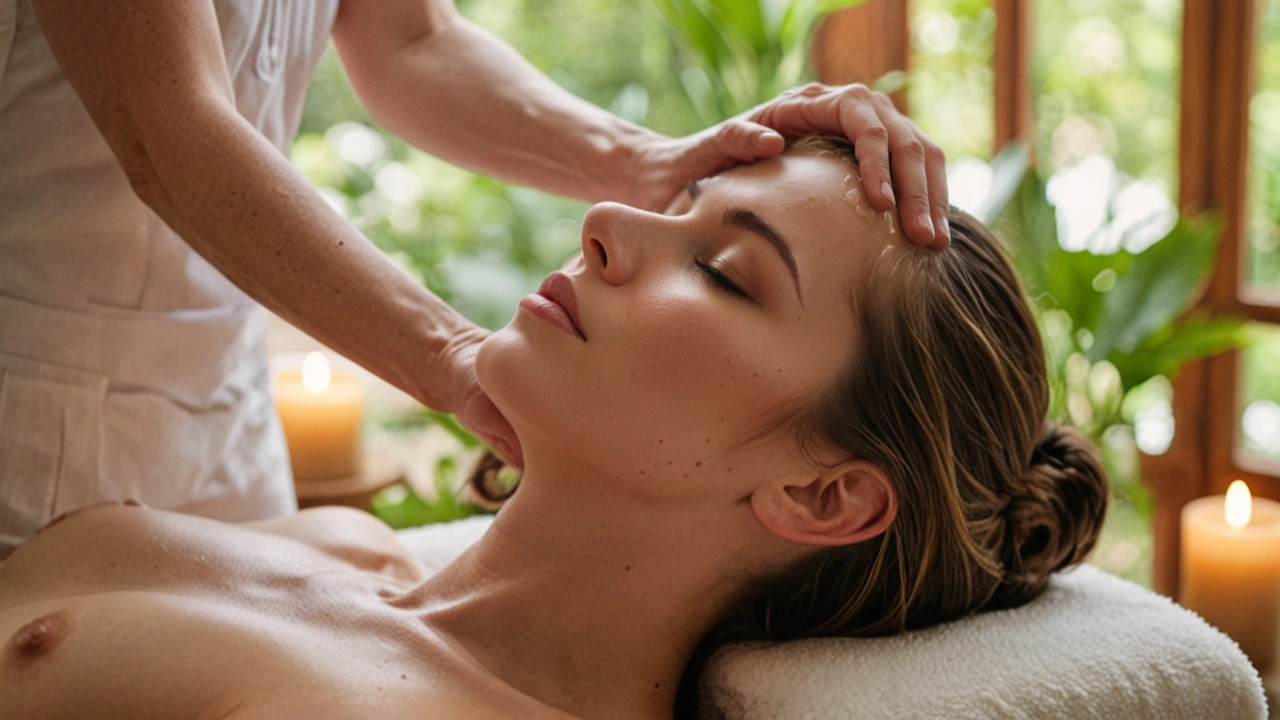
The Science Behind It
Why does a head and scalp massage feel so incredibly relaxing? The answer lies in both our biology and psychology. Studies have shown that when certain pressure points on the head and scalp are stimulated, it triggers the release of endorphins, our body's natural feel-good chemicals. These endorphins can help alleviate pain, reduce stress, and create an overall sense of well-being.
One key element of the relaxing power of a head and scalp massage is its ability to lower cortisol levels. Cortisol is a hormone that's released during stress, and high levels can lead to various health problems like anxiety, depression, and even cardiovascular issues. By reducing cortisol levels, head and scalp massages help create a more balanced hormonal state, promoting relaxation and mental clarity.
A fascinating study published in the International Journal of Neuroscience found that regular head and scalp massages could reduce the perceived stress levels in participants by up to 30%. The study also noted improvements in sleep quality, suggesting that these massages don't just impact our waking hours but also our rest time. This points to the holistic benefits of integrating this simple practice into our routines.
"The therapeutic effects of a head and scalp massage are scientifically proven and can offer substantial health benefits," says Dr. Maria Hernandez, a clinical psychologist specializing in stress management.
The science doesn't stop there. The act of massaging the scalp increases blood flow to the area, which promotes hair health and stimulates hair growth. This increased circulation brings more oxygen and nutrients to the hair follicles, which can result in stronger, healthier hair. Anecdotal evidence and some preliminary research suggest that people who regularly engage in scalp massages notice an improvement in hair texture and growth.
Neuroscience also plays a role in explaining why these massages feel so pleasurable. The sensation of touch activates the brain's orbitofrontal cortex, an area associated with reward and pleasure. This activation explains why we often close our eyes and feel an almost instant sense of joy and relaxation when someone massages our head.
Another noteworthy element is the stimulation of the vagus nerve. This is one of the longest nerves in the body, running from the brain down through the abdomen. Stimulating this nerve can induce a state of calm and relaxation throughout the body. Head and scalp massages often target points that are closely linked to the vagus nerve, providing a comprehensive calming effect.
Interestingly, traditional practices like Ayurvedic medicine have long recognized the benefits of head massages. They incorporate oils and herbs to enhance the therapeutic effects, often using techniques passed down through generations. Modern science is starting to catch up, offering validation to these time-honored practices through rigorous research and clinical studies.
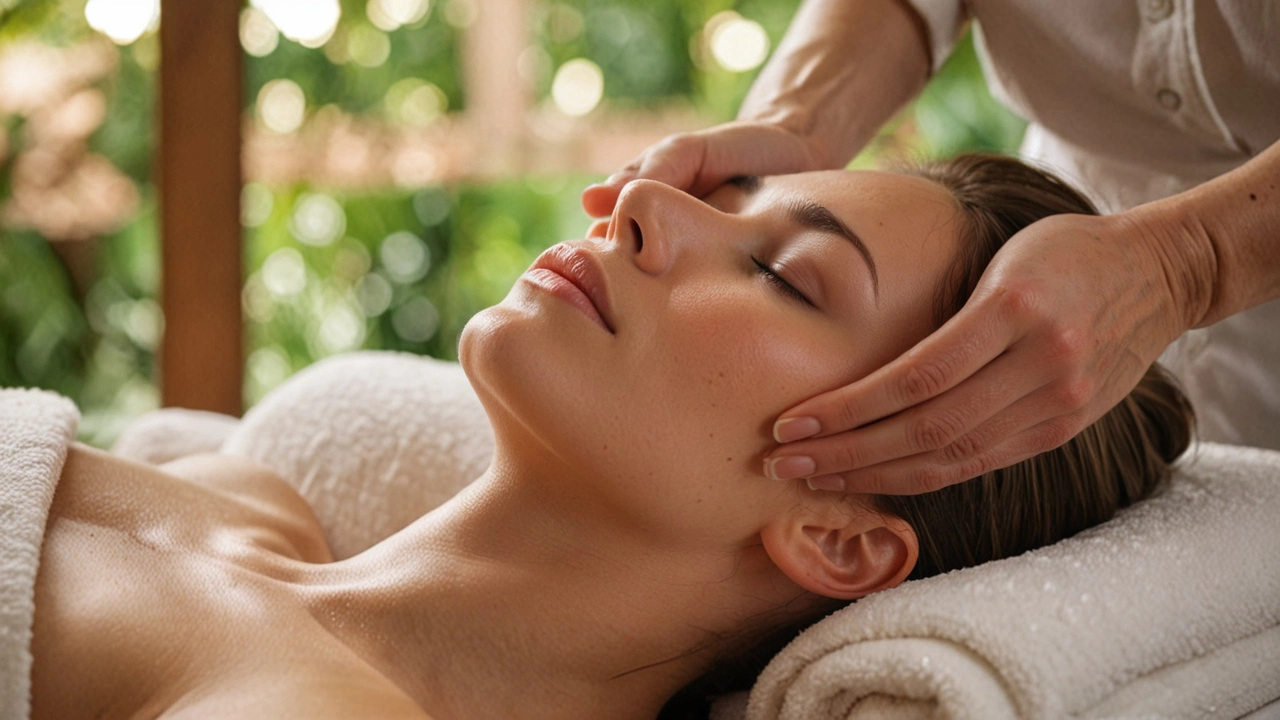
How to Perform a Head and Scalp Massage
Starting a head and scalp massage is simpler than it might sound, and you don’t need any special skills or tools. Begin by making sure the person receiving the massage is comfortable, either seated or lying down. A quiet room with soft lighting and soothing background music can create the ideal environment.
The first step involves using your fingertips to gently stroke the scalp. Use circular motions to help relax the muscles and improve blood flow. Apply light pressure at first, gradually increasing as you feel the scalp start to loosen up. This initial phase helps release tension and opens up the pathways for better circulation.
Move from the base of the skull, slowly working your way up to the top of the head. Don’t forget the temples; they hold a lot of stress and can really benefit from a gentle touch. Simply pressing and releasing in a rhythmic manner can make a world of difference. Take your time with this process; rushing it can reduce the effectiveness.
Your fingers should always be in contact with the scalp, creating a continuous connection. To add extra relaxation, consider using a small amount of massage oil like lavender or peppermint. These essential oils have calming effects and can enhance the overall experience. Just be sure to test for any allergic reactions before applying them.
Next, focus on the back of the head where the neck meets the skull. This area, often overlooked, is a powerhouse for stress relief. Use your thumbs to apply slightly firmer pressure here, moving in small circles. This can relieve headaches and even reduce feelings of anxiety. Don’t forget the ears and the area behind them. They play a role in balancing the nervous system and can be quite soothing when massaged with care.
Some practitioners recommend integrating an acupressure technique. While applying gentle pressure with your fingers, target specific points known to reduce stress and promote relaxation. This might include the point between the eyebrows, the groove in the neck just below the skull, and the soft spots behind the ears.
According to Dr. K. Lee, a renowned expert in alternative medicine, “Scalp massages can stimulate the production of serotonin which is known to boost mood and give a sense of well-being.”For a truly lavish experience, consider using a scalp massager. These tools are designed to mimic the motions of a hand massage, often providing a deeper and more effective rubdown. However, they should be used sparingly to avoid overstimulation.
Remember, the key to a successful head and scalp massage lies in the consistency and gentleness of your touch. Practice makes perfect, and over time, you’ll develop a rhythm that enhances the relaxation process. With a few simple steps, you can transform a basic routine into a therapeutic experience that provides immense relief and joy.
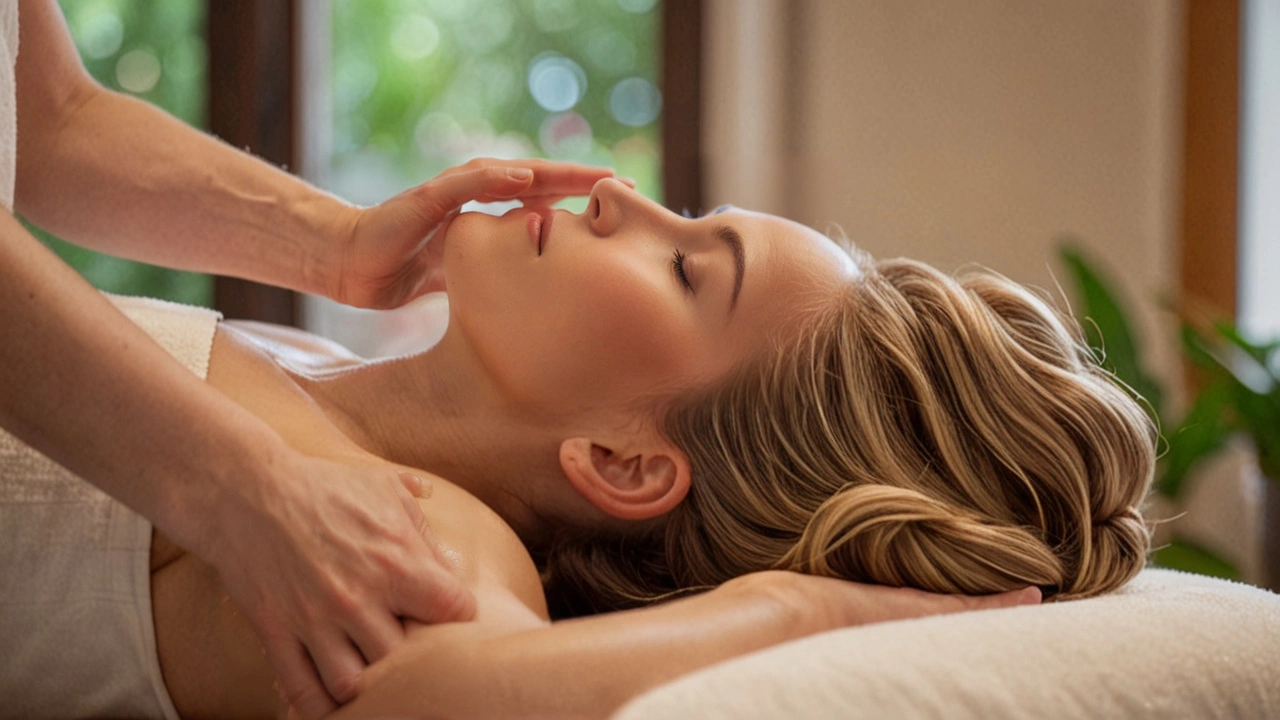
Tips for Maximizing Relaxation
Getting the most out of a head and scalp massage involves more than just technique. Numerous factors come into play, including environment, duration, and even your mental state during the massage. Let’s delve into some proven strategies to enhance the relaxation experience.
First, set the stage. Creating a calm and serene environment can significantly boost the relaxation effects of your massage. Dim the lights, light a scented candle, or play soothing music in the background. Aromatherapy oils, such as lavender or eucalyptus, can also enhance the sensation of peace and well-being. Studies show that certain scents can trigger a relaxation response in the brain.
Next, be mindful of the duration. While a short, five-minute massage can be beneficial, longer sessions of 15 to 20 minutes are often more effective. A comprehensive massage allows for better stimulation of blood flow and lymphatic drainage. According to research from the International Journal of Neuroscience, prolonged massages have been found to reduce cortisol levels and increase serotonin and dopamine levels in the body, which can lead to improved mood and reduced stress.
“One of the most profound effects of massage is its ability to mitigate stress and induce a relaxation state,” says Dr. Field of the Touch Research Institute.
Pay attention to technique. Consistent, gentle pressure helps the body unwind more effectively than erratic movements. Using your fingertips, trace small, circular motions along the scalp. Focus on areas where tension tends to accumulate, such as the base of the skull and the temples. Remember, the goal is to stimulate the nerve endings and increase blood flow, promoting overall relaxation. If you're unsure, several online tutorials can guide you in perfecting your technique.
Don’t overlook the power of mindfulness. Being present during the massage amplifies its benefits. Close your eyes, take deep breaths, and focus on the sensation of your scalp being massaged. Studies indicate that mindfulness practices can enhance the relaxing effects of physical therapy, including massages.
Hydration is another key factor. Drinking water before and after your massage can help flush out the toxins released from your muscles. Staying hydrated ensures your body can effectively manage the physiological changes induced by the massage. Dehydration can lead to headaches and muscle cramps, counteracting the benefits of the massage.
Additional Tips
Lastly, incorporating regularity into your routine can amplify the benefits. Consider scheduling head and scalp massages multiple times a week or even daily, depending on your stress levels and lifestyle. Regular massages can help your body maintain a state of equilibrium and resilience against stress factors.
- Choose the right tools: While fingertips work wonders, using tools like scalp massagers can offer varied pressure and unique sensations. Experiment with different tools to find what suits you best.
- Partner up: If possible, ask a friend or family member to give you a scalp massage. Human touch can further increase feelings of relaxation and connection.
- Combine techniques: Consider combining head and scalp massage with other relaxation methods such as deep breathing exercises, progressive muscle relaxation, or even a warm bath for a holistic approach to stress relief.
Implementing these tips for maximizing relaxation can make a significant difference in how you experience head and scalp massages. The key is to create a consistent routine that incorporates various elements geared towards relaxation and stress relief.

